HYDRAULIC JACK LOADCEL CALIBRATIONS
RENTALS • SALES • SERVICE
HYDRAULIC JACKS • HYDRAULIC CYLINDERS • HYDRAULIC PUMPS • SYNCHRONOUS LIFTING SYSTEMS
Synchronous Lifting
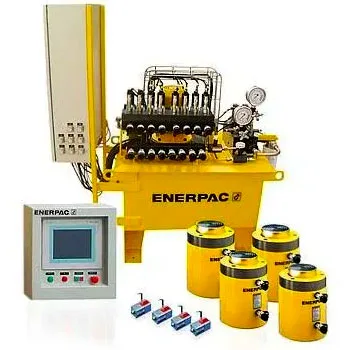
ENERPAC
Enerpac Jacks
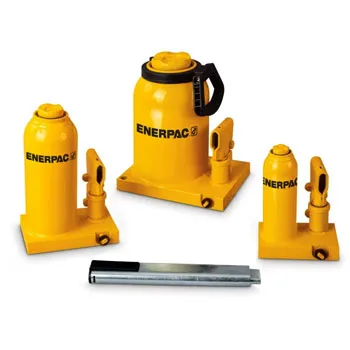
ENERPAC
Hydraulic Presses
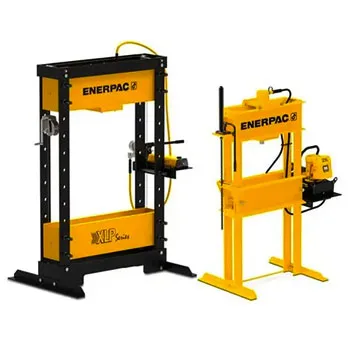
ENERPAC
Torque Wrenches
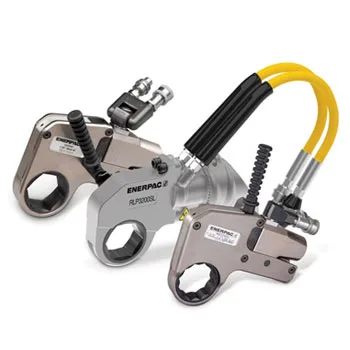
ENERPAC
WHAT IS NIST TRACEABLE CALIBRATION?
NIST Traceable calibration ensures that measurement results indicated on the certificate can be traced back to NIST mass standards. For an item to be NIST traceable, it must adhere to specific guidelines defined by the National Institute of Standards and Technology.
According to NIST, traceability is the property of a measurement result that establishes a documented, unbroken chain of calibrations, contributing to measurement uncertainty. In simpler terms, calibration weights used are traceable back to NIST mass standards, and each step in the calibration chain adds to the uncertainty of these weights.
HOW ARE MEASUREMENT RESULTS MADE NIST TRACEABLE?
Several key requirements must be met for something to be recognized as NIST traceable:
- Clearly defining what is being measured.
- Defining the working standards used for measurements.
- Explicitly stating the measurement results.
- Documenting the specifications of reference standards, including their last calibration dates, that the working standards were compared to.
- Following an internal program to uphold the integrity and traceability of working standards.
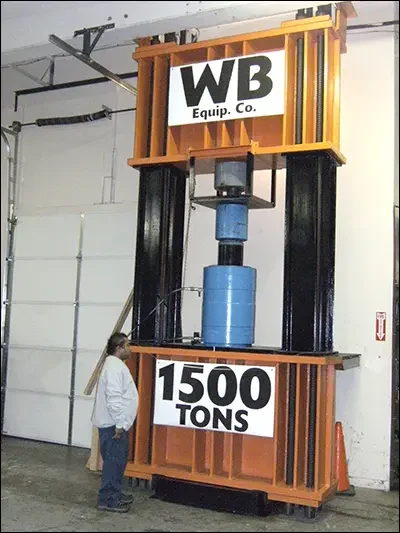
Calibration Process
- Inspection & Setup – Visual inspection of jacks, hoses, and hydraulic components for wear and leaks. The equipment is set up with load cells and pressure transducers.
- Baseline Measurement – The jacks are tested under no-load conditions to verify zero settings.
- Incremental Load Testing – Weights or simulated loads are applied in steps while readings are recorded from load cells and pressure gauges.
- Comparison with Reference Standards – Measurements are compared against certified standards to check for deviations. Adjustments are made if necessary.
- Final Verification – The system is tested under full operational conditions to confirm accurate force application and synchronization.
- Documentation & Certification – A calibration report is generated, documenting the results and ensuring compliance with regulatory standards.
What Are Hydraulic Jack Loadcell Calibrations?
A loadcell is a force sensor that converts mechanical force into measurable electrical output. In hydraulic systems, loadcells are often integrated into or used alongside hydraulic jacks to monitor and verify the amount of force or load being applied.
Loadcell calibration is the process of verifying and adjusting the accuracy of this force measurement system. WB Equipment performs this by using known reference weights or standard calibration tools to simulate loads, then adjusting the output of the loadcell to ensure it matches the applied load precisely.
Hydraulic jack loadcell calibrations involve both hydraulic and mechanical components:
The hydraulic jack generates and applies force.
The loadcell, though mechanical in structure, measures force via an electrical signal.
The calibration system then compares this output to a known standard to correct discrepancies.
So, while the system is fundamentally hydraulic in function, it also involves mechanical sensors and electrical calibration tools—making it a multidisciplinary process.
Where and How Are They Used?
Hydraulic jack loadcell calibration is essential anywhere heavy loads are applied with a need for precise measurement and safety assurance. Common use cases include:
Bridge and Structural Load Testing – Ensuring jacks applying force during bridge lifting or beam alignment are calibrated for accuracy.
Post-Tensioning Applications – Measuring tension in tendons during concrete stressing operations.
Lifting Large Machinery or Structures – Calibrated systems verify that the load is evenly distributed and within safety limits.
Crane and Hoist Verification – Ensuring jacks and force gauges used during lifting operations deliver accurate readings.
Laboratory and Test Facilities – Where force measurements must be traceable to NIST standards for quality assurance.
WB Equipment offers on-site calibration services or ships out pre-calibrated jack/loadcell units tailored to the customer’s needs.
Accessories and Tools Required
To perform accurate hydraulic jack loadcell calibration, WB Equipment uses or supplies the following:
Hydraulic Pumps – Manual or electric, to generate the necessary pressure.
Precision Loadcells – Either integrated or external, connected to jacks or cylinders.
Digital Readouts / Data Acquisition Systems – For real-time monitoring of applied loads.
Calibration Frames or Testing Rigs – Provide a stable, controlled setup to compare known weights or reference loads.
Traceable Standards – Weights or calibration tools certified to NIST (National Institute of Standards and Technology) standards.
High-Pressure Hoses and Connectors – Ensure secure and safe fluid transfer during calibration.
WB Equipment also maintains and rents certified calibration kits for customers who prefer to perform verifications in-house.
Industries That Use Loadcell Calibrations in the U.S.
Hydraulic jack loadcell calibration is a cornerstone of safety and compliance across multiple sectors, including:
Construction and Civil Engineering – For bridge jacking, shoring, and preloading.
Oil & Gas – For wellhead and pipeline support, and pressure testing.
Energy and Utilities – In dam maintenance, turbine positioning, and grid infrastructure.
Aerospace and Defense – For structural testing and aircraft assembly.
Transportation and Rail – During lifting of rail bridges or alignment of support structures.
Manufacturing – In press calibration, stamping operations, and materials testing.
In each case, precise force measurement ensures safety, avoids overloading, and guarantees compliance with engineering specs.
Interesting Facts and Benefits
Annual Calibration is Required – Most industries and safety standards (like ISO 9001 or OSHA) require annual or biannual calibration to ensure accuracy.
WB Equipment’s Services Are Traceable – Their calibrations conform to NIST-traceable standards, ensuring global credibility.
Loadcells Can Drift Over Time – Even a small change in temperature, usage frequency, or environmental conditions can affect loadcell accuracy, making regular calibration critical.
Calibrated Jacks Prevent Overloads – An inaccurately reading jack may apply more force than needed, causing potential failure in structural components.
Custom Systems Available – WB Equipment can design bespoke calibration setups for unique jack systems or force ranges.
Why Choose WB Equipment?
WB Equipment has become a trusted provider of hydraulic jack loadcell calibrations thanks to its deep industry knowledge, technical expertise, and nationwide reach. Their team doesn’t just supply tools—they ensure that each system performs with certified accuracy, no matter the application or industry.
Whether it’s calibrating a jack for a 500-ton bridge lift or validating a loadcell on a post-tensioning rig, WB Equipment ensures their clients are operating with confidence and compliance.
Conclusion: Power That You Can Measure
Hydraulic jack loadcell calibration may seem like a background task, but it’s a frontline defense against error, inefficiency, and disaster in heavy industry. With WB Equipment’s advanced services and high-precision tools, U.S. industries can trust that every pound of force is accounted for—accurately and reliably.
In today’s precision-driven landscape, calibrated force isn’t a luxury—it’s a necessity.
Call Us for more information
866-522-5464
Enerpac Cylinders
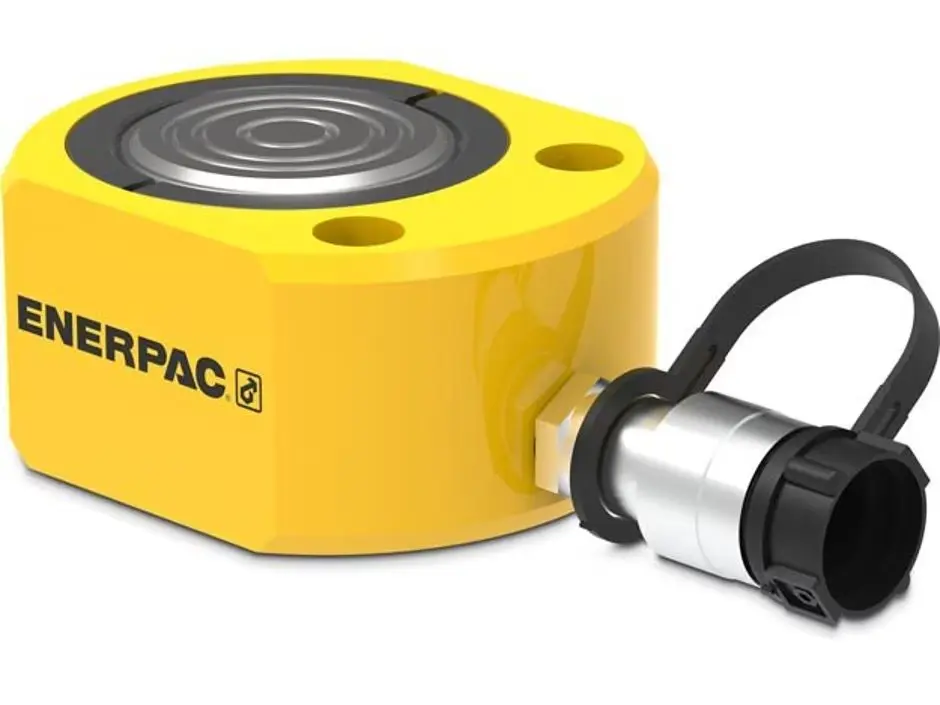
ENERPAC
Simplex Jacks
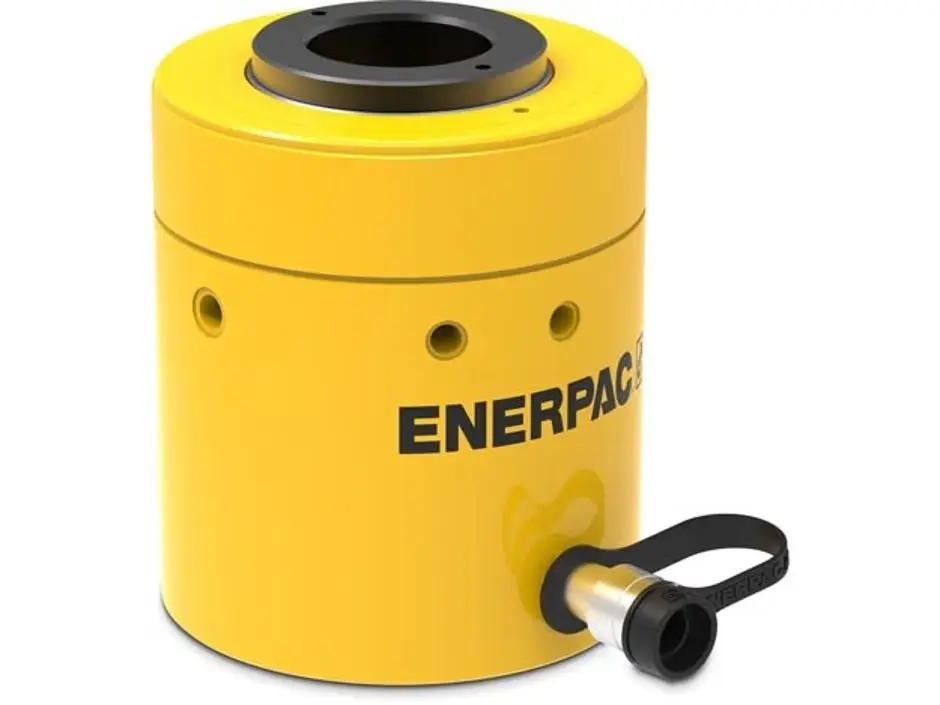
ENERPAC
Air Lifting Bags
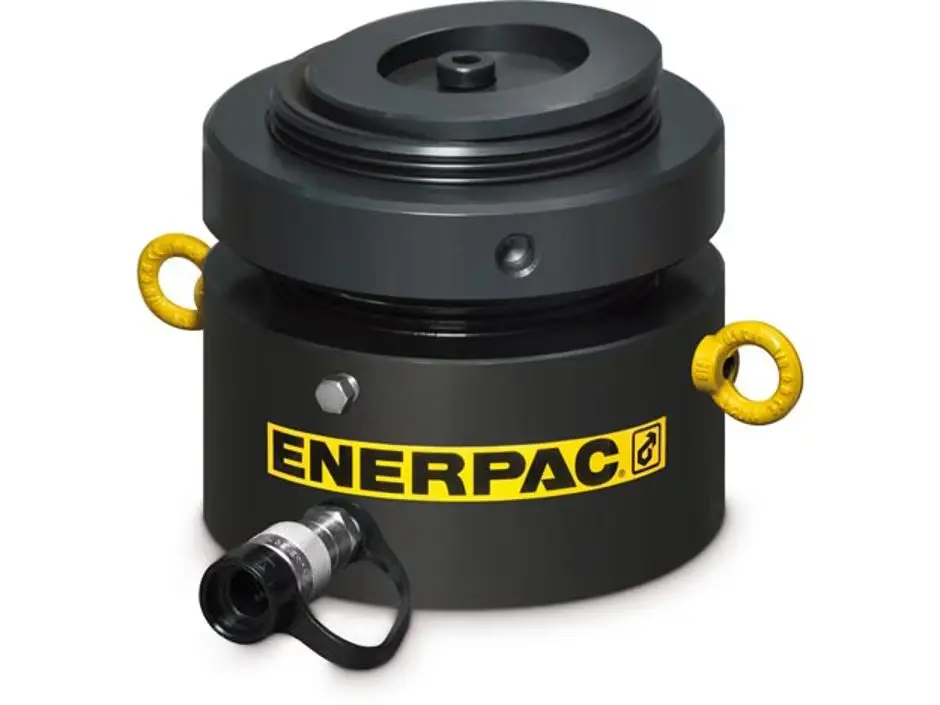
ENERPAC
Hydraulic Presses
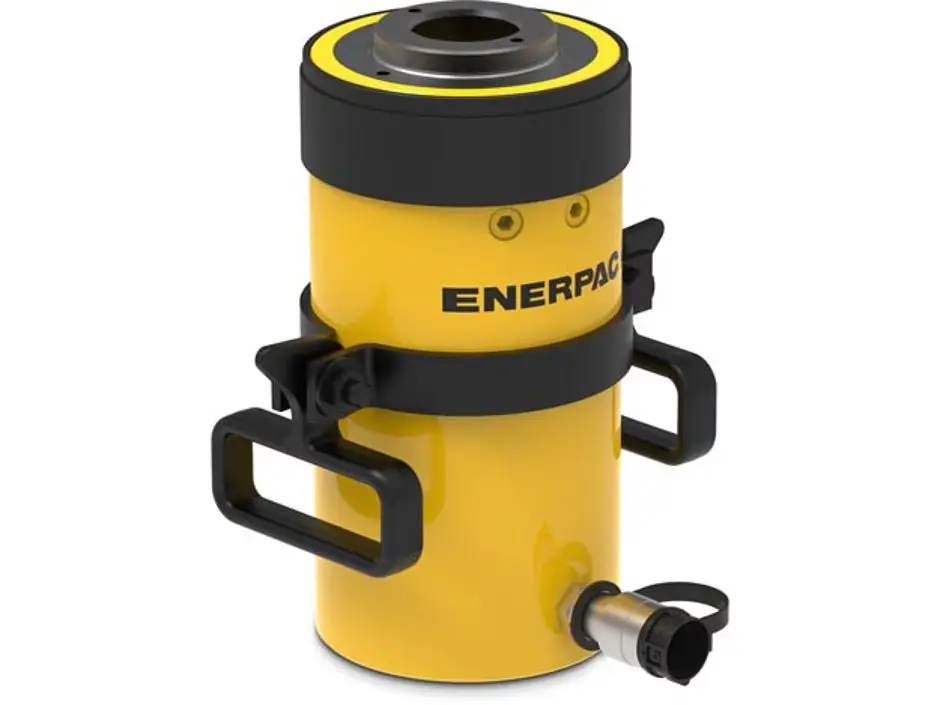
ENERPAC
Simplex Spreaders
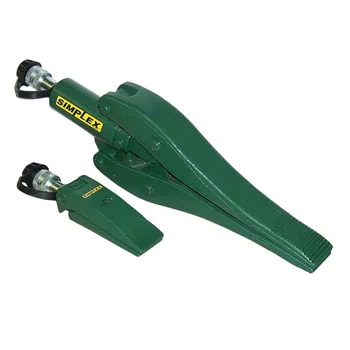
Simplex Spreaders
Simplex Punches
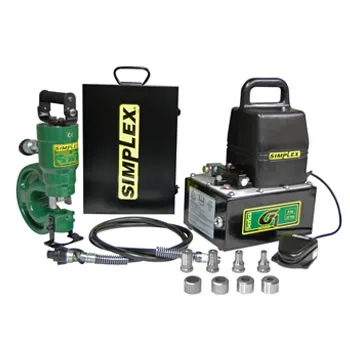
Simplex Punches
Simplex Pumps
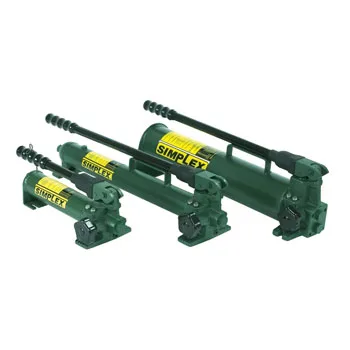
Simplex Pumps
Wheeled Jacks

Wheeled Jacks
WB Equipment Supply & Ship Hydraulic Jacks and Cylinders
for immediate rentals to ALL States in the USA
Northeast U.S.
New York, New Jersey, Connecticut
(NY-NJ-CT)
The traditional tri-state area around New York City.
Pennsylvania, New Jersey, Delaware
(PA-NJ-DE)
Surrounding the Philadelphia metropolitan area.
Massachusetts, New Hampshire, Vermont
(MA-NH-VT)
Often grouped as the New England tri-state area.
Maine, New Hampshire, Massachusetts
(ME-NH-MA)
Another common group in New England.
Midwest U.S.
Illinois, Indiana, Wisconsin
(IL-IN-WI)
Centered around the Chicago area.
Kentucky, Indiana, Ohio
(KY-IN-OH)
Centered around the Cincinnati metro area.
Michigan, Ohio, Indiana
(MI-OH-IN)
Grouped in the Great Lakes region.
Minnesota, Iowa, Wisconsin
(MN-IA-WI)
A common grouping in the northern Midwest.
Mid-Atlantic U.S.
Virginia, Maryland, Washington, D.C.
(VA-MD-DC)
The DMV region around Washington, D.C.
West Virginia, Pennsylvania, Maryland
(WV-PA-MD)
Grouped in the Appalachian region.
Southeast U.S.
Georgia, South Carolina, North Carolina
(GA-SC-NC)
The southeastern tri-state area.
Tennessee, Alabama, Georgia
(TN-AL-GA)
Near the Chattanooga metro area.
Florida, Georgia, Alabama
(FL-GA-AL)
Bordering the southeastern states.
South U.S.
Tennessee, Arkansas, Mississippi
(TN-AR-MS)
Centered around Memphis.
Louisiana, Mississippi, Alabama
(LA-MS-AL)
Often grouped along the Gulf Coast.
Texas, Louisiana, Arkansas
(TX-LA-AR)
Neighboring southern states.
Kentucky, Tennessee, Virginia
(KY-TN-VA)
Grouped around Appalachia.
Southwest U.S.
New Mexico, Arizona, Texas
(NM-AZ-TX)
Southwestern states.
Oklahoma, Texas, Arkansas
(OK-TX-AR)
Bordering southern-central states.
Nevada, Arizona, California
(NV-AZ-CA)
Southwestern region.
Western U.S.
California, Oregon, Nevada
(CA-OR-NV)
On the West Coast and southwestern U.S.
Washington, Oregon, Idaho
(WA-OR-ID)
Pacific Northwest region.
Montana, Wyoming, Idaho
(MT-WY-ID)
Mountain West tri-state area.
Colorado, Wyoming, Nebraska
(CO-WY-NE)
Neighboring Rocky Mountain states.
Central U.S.
Missouri, Kansas, Nebraska
(MO-KS-NE)
Centered around Kansas City.
Nebraska, South Dakota, Iowa
(NE-SD-IA)
Great Plains region.
North Dakota, South Dakota, Minnesota
(ND-SD-MN)
Upper Midwest.
Colorado, Utah, Arizona
(CO-UT-AZ)
Mountain Southwest region.
Mountain West U.S.
Utah, Wyoming, Idaho
(UT-WY-ID)
Mountain West group.
Montana, South Dakota, Wyoming
(MT-SD-WY)
Northwestern tri-state area.
Nevada, Utah, Arizona
(NV-UT-AZ)
Western U.S. states.
Non-Contiguous States
Alaska (AK)
Separate due to its location in the far north.
Hawaii (HI)
An island state in the Pacific.

